Is China Now Bicultural?
Published in Social Sciences, Neuroscience, and Behavioural Sciences & Psychology

A new study in the British Journal of Psychology found evidence that young people in Mainland China are bicultural. Biculturalism is the idea that people with exposure to different cultures have different cultural personalities in them. These cultural personalities get activated in different situations, such as with Indian-American children interacting with their parents at home versus their friends at schools.
Psychologists test whether people are bicultural using a simple method that goes back to the 90s. Researchers show people pictures that represent cultures, like China and the US. Some participants see pictures that don’t represent any culture, as a control condition.

After the cultural priming, participants take a test of cognitive style. This test taps into cultural differences that studies have documented between the US and China. One of those differences is whether people interpret social behavior as driven by internal factors (thoughts, desires, personality) or external factors (social pressure, situations).

Several studies have used the “fish task” to measure people’s attribution styles. They see little cartoons of a fish swimming near a group of fish. They answer questions about internal versus external explanations for the fish’s behavior.

Those studies found that people in China tend to use more external attributions. People in the US tend to use more internal attributions. Researchers found this same trend in how Chinese and American newspapers covered the same murders.
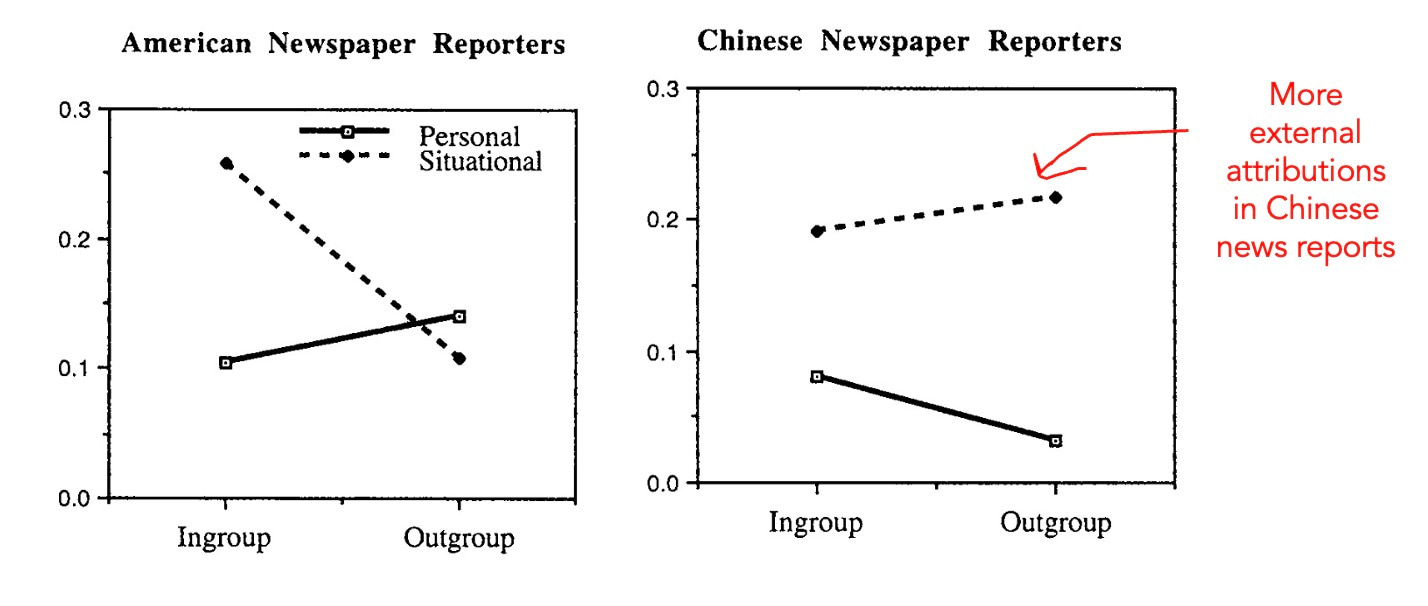
My research team gave the pictures and fish task to students in Hong Kong. The Chinese culture priming decreased their internal attributions. In other words, the culture primes seem to bring out different ways of thinking—different cultural styles the participants have in themselves.
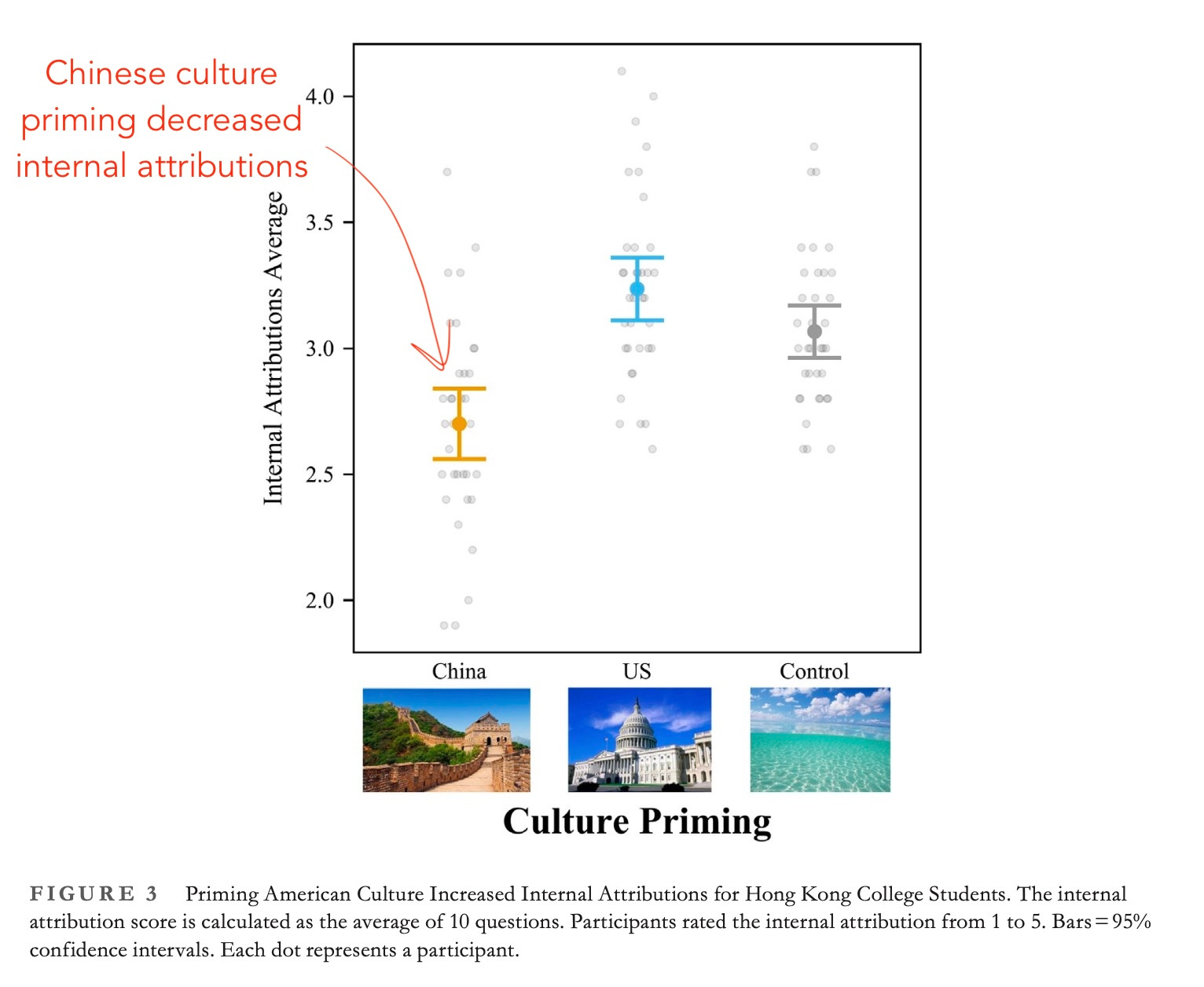
That was in Hong Kong. Hong Kong makes a lot of sense as a bicultural place because it has mixed influences from China and 150 years as a British colony.
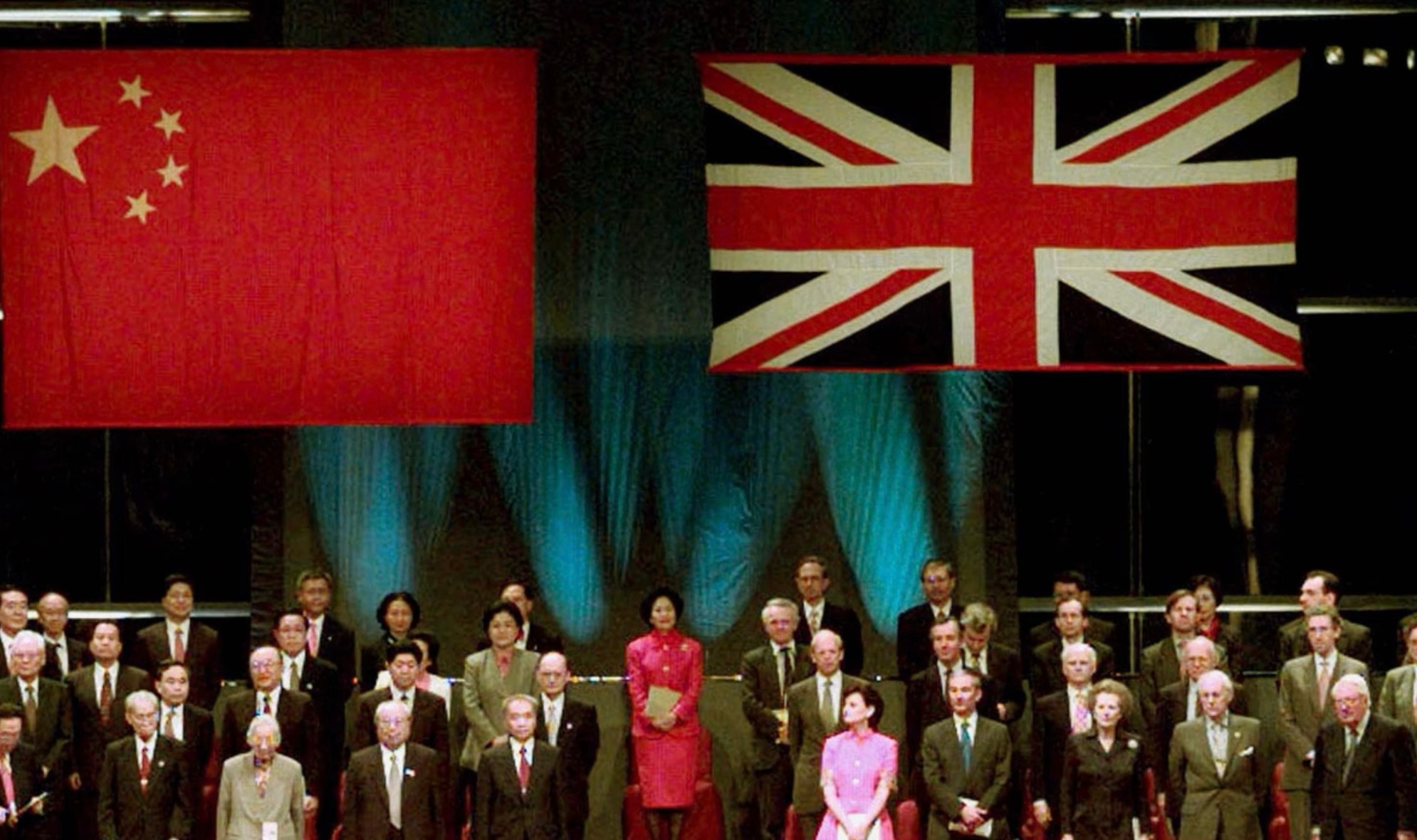
Mainland China was a sharp contrast to Hong Kong. The Mainland was closed off for decades. But China has been a lot more open in the last few decades, with more travel, international study, and trade. When we tested young people in China, they showed evidence of biculturalism too. 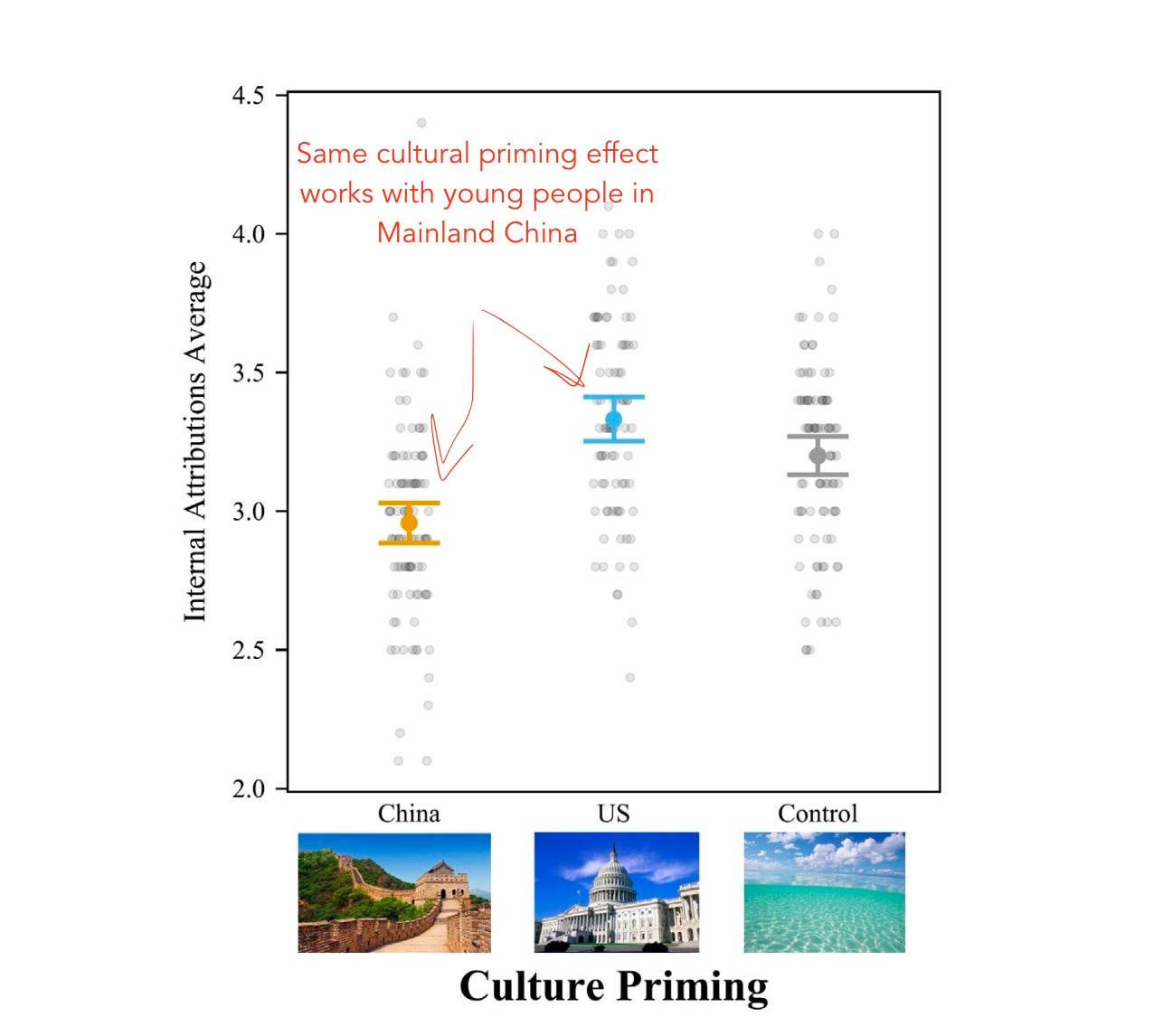
However, there is a potential problem with this logic. The idea is that people have these two cultural identities inside them. But they may just have stereotypes about what American culture is like.
What we really need is a negative control group. A negative control group would be a group that we think should not be bicultural.
I searched and searched previous studies for negative control groups. But I was surprised that no one had ever done this. Every biculturalism priming study I could find tested only people the researchers thought were bicultural to begin with.
So we ran what we think is the first test of a negative control group. We tested people who were born before China’s Reform and Opening Policy. This generation grew up in an era when China was a lot more closed than China today.
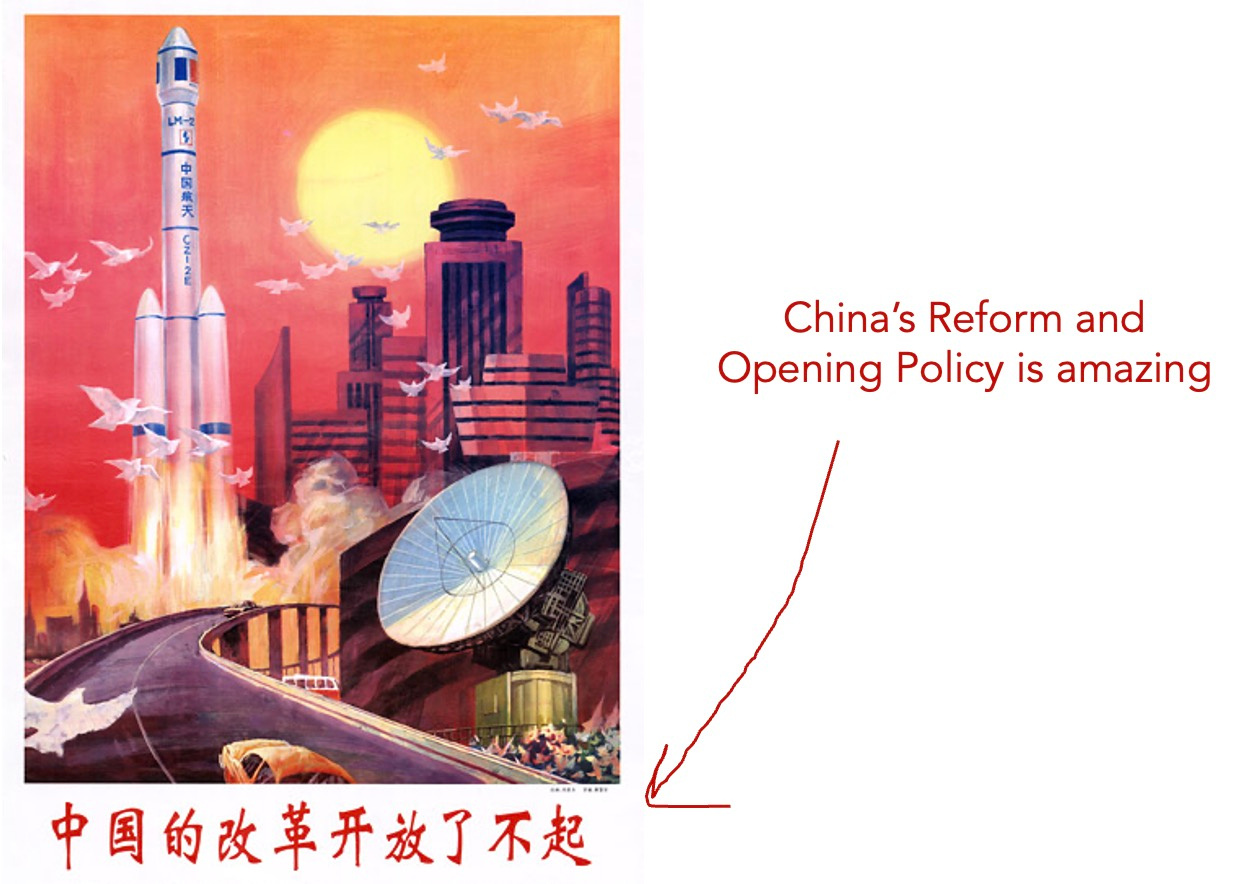
This older generation showed no significant effect of cultural priming.
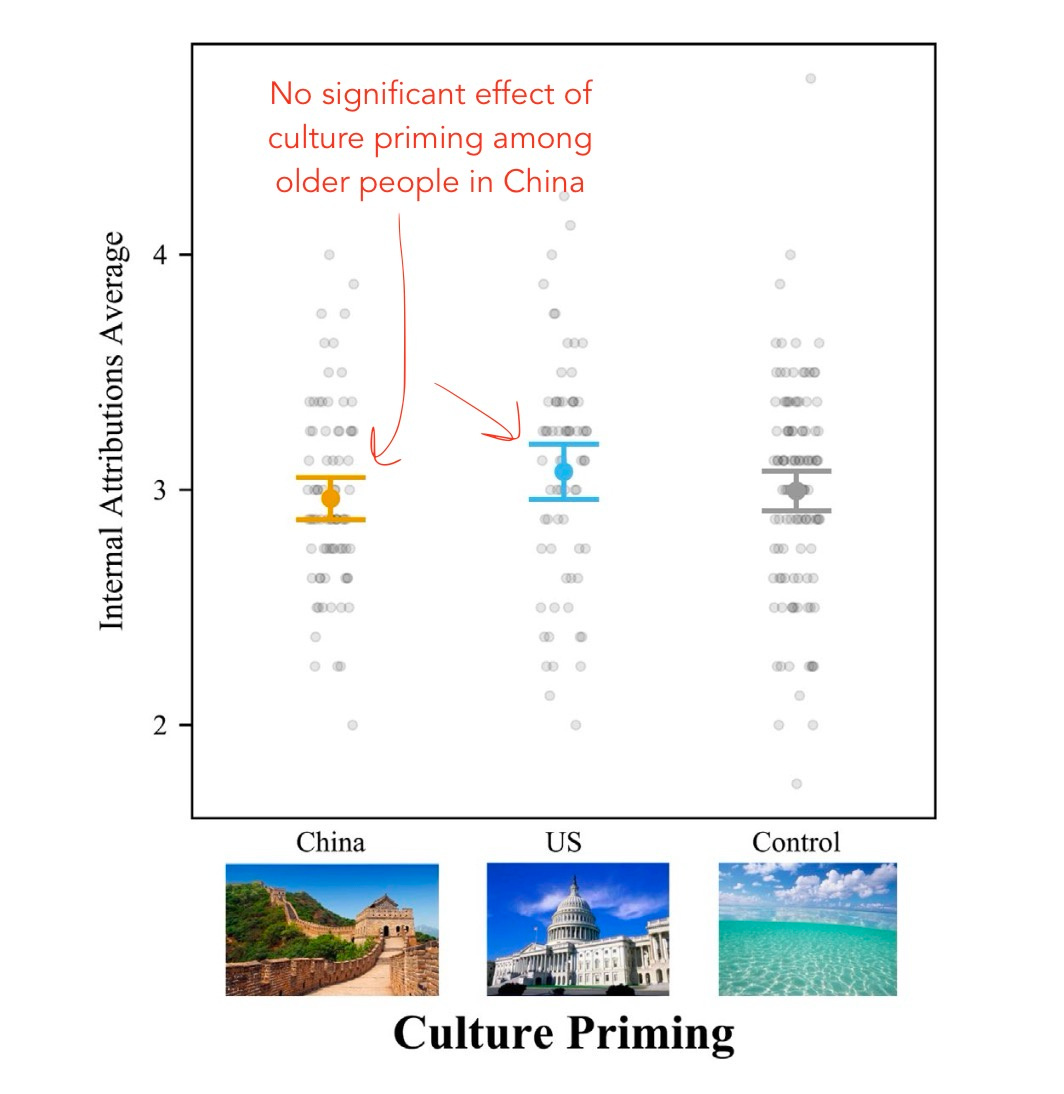
One important note is that our data still shows evidence for a difference between Hong Kong and the Mainland. The effect of cultural priming was twice as large in Hong Kong. That makes sense with the former colony's deeper history of cultural mixing.
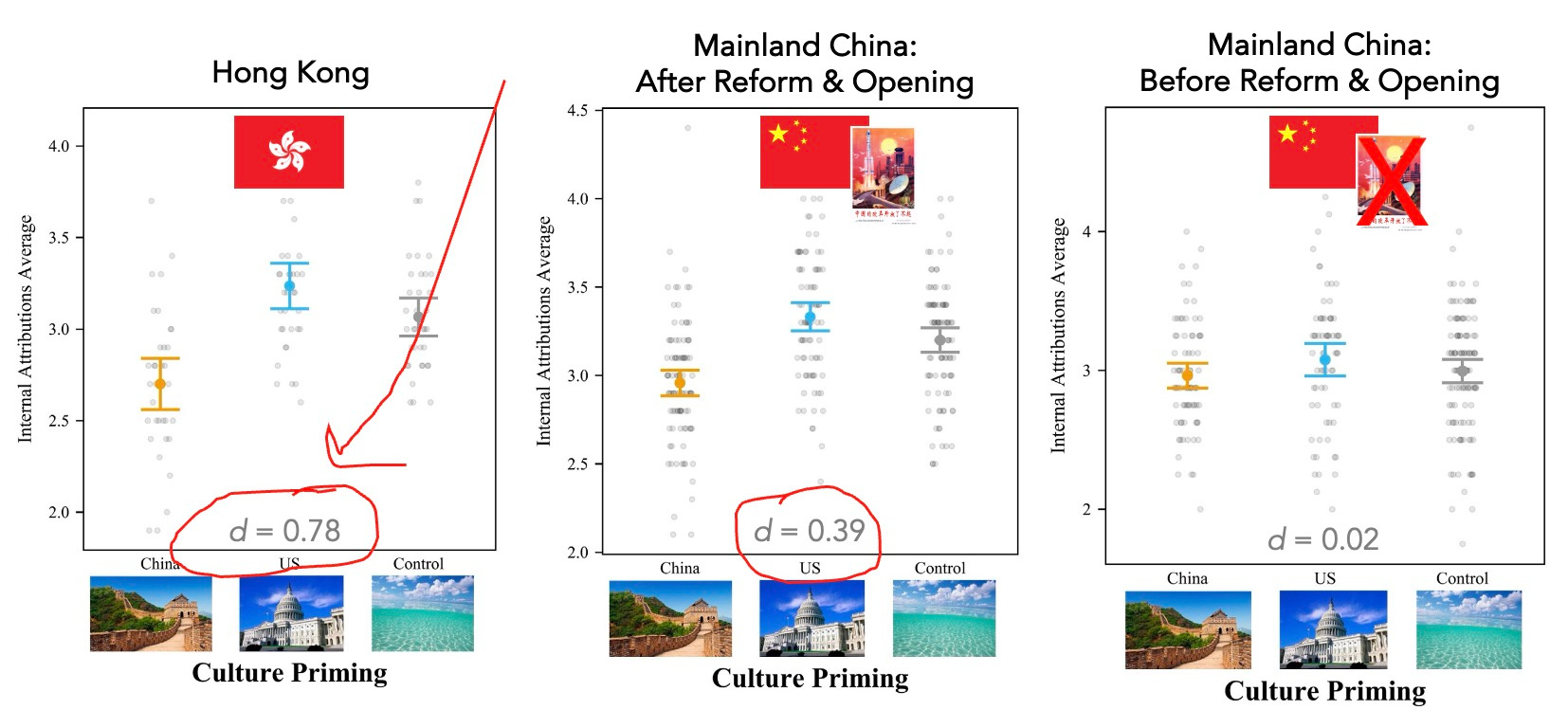
This new data suggests young people in China are now bicultural--at least people at universities. This biculturalism could be coming from the exposure to Western culture in movies, music, and school.
At the same time, there is still a lot we don’t know. For example, are young people in America bicultural too? This seems possible given the fact that cultural mixing is not a one-way street.
It remains to be seen if China's biculturalism will last. With the pandemic and political tensions, fewer Americans are studying in China than before. The US also cancelled the Fulbright Scholar program in China. Changes like this make the future of biculturalism less certain, but at least for the time being, China's young generation is showing evidence of biculturalism.





Please sign in or register for FREE
If you are a registered user on Research Communities by Springer Nature, please sign in
Most of the credit should go to my co-authors, Yimeng, Fengyan, and Yiqun. 👏 They did the real work. The paper is available as a free download on SSRN:
https://papers.ssrn.com/sol3/papers.cfm?abstract_id=5095839
Very interesting study! I'm curious how long the priming effect will last. And if people are under continuous priming for a long time, what would happen in their brain